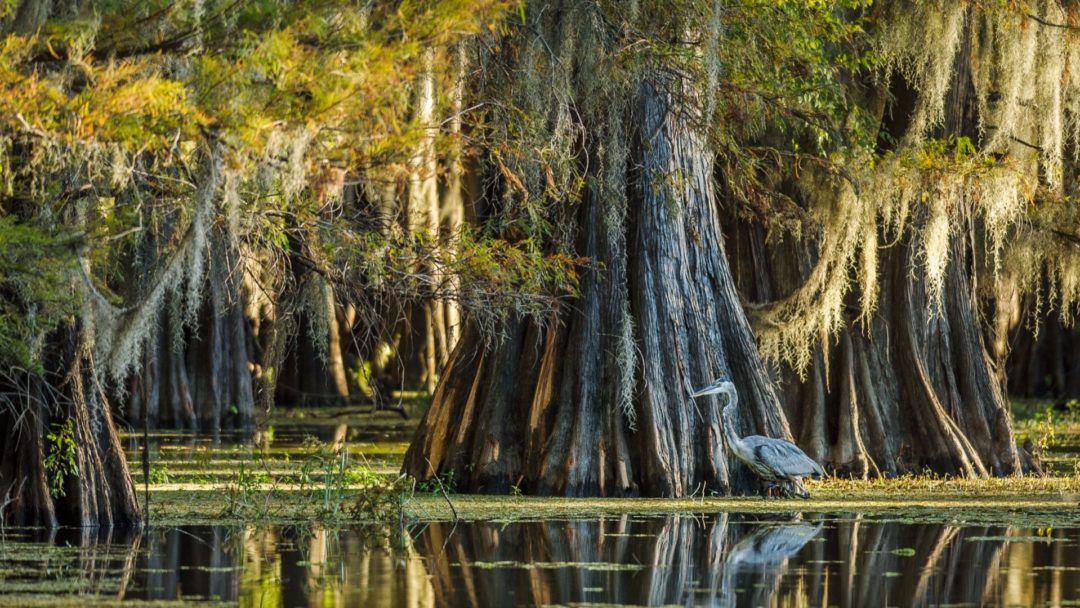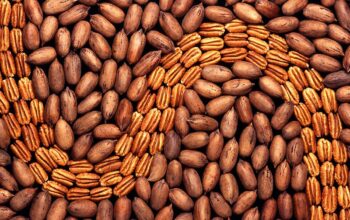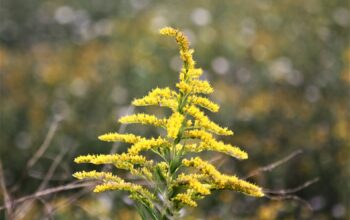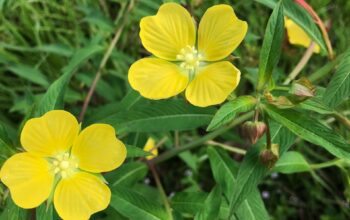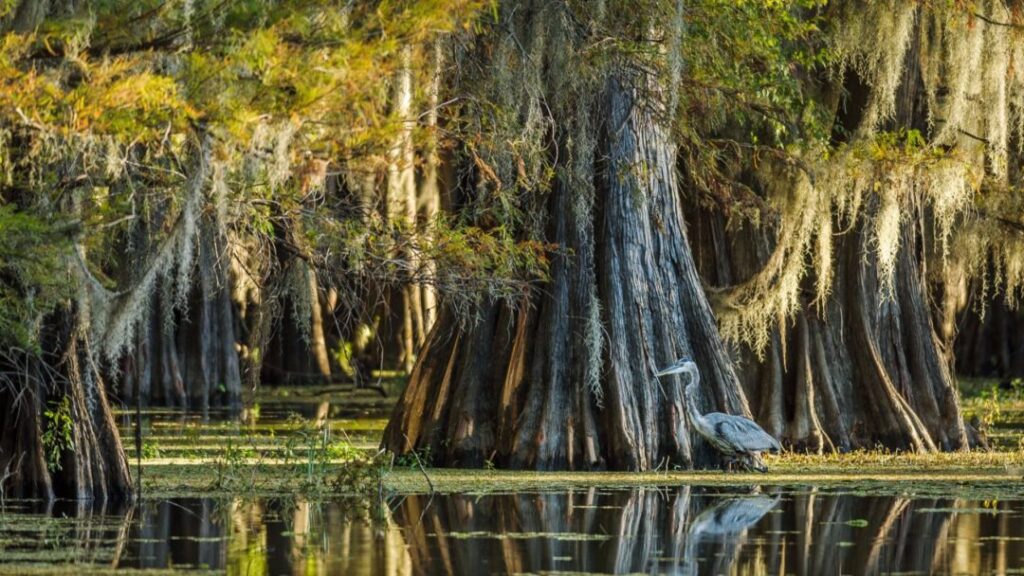
There are many cypress trees in Covington, but how much do we really know about them? Learn more about Louisiana’s State Tree here!
Bald Cypress, Taxodium distichum, is a deciduous conifer native to the southeastern United States in the family Cupressaceae. This is a conifer family with worldwide distribution and includes junipers and redwoods. There are 130 – 140 species total in the family.

The genus Taxodium are native to North America. The generic name is derived from the Latin word taxus, meaning “yew”, and the Greek word εἶδος (eidos), meaning “similar to.” Taxodium species grow pneumatophores, or cypress knees, when growing in or beside water. The function of these knees is currently a subject of ongoing research.
The bald cypress was designated the official state tree of Louisiana in 1963. Some consider it to be a symbol of the southern swamps of the United States.
Common names include bald cypress, baldcypress, swamp cypress, white cypress, tidewater red cypress, gulf cypress and red cypress.
Bald cypress in French is cyprès chauve.
The native range extends from southeastern New Jersey south to Florida and west to East Texas and southeastern Oklahoma, and also inland up the Mississippi River.
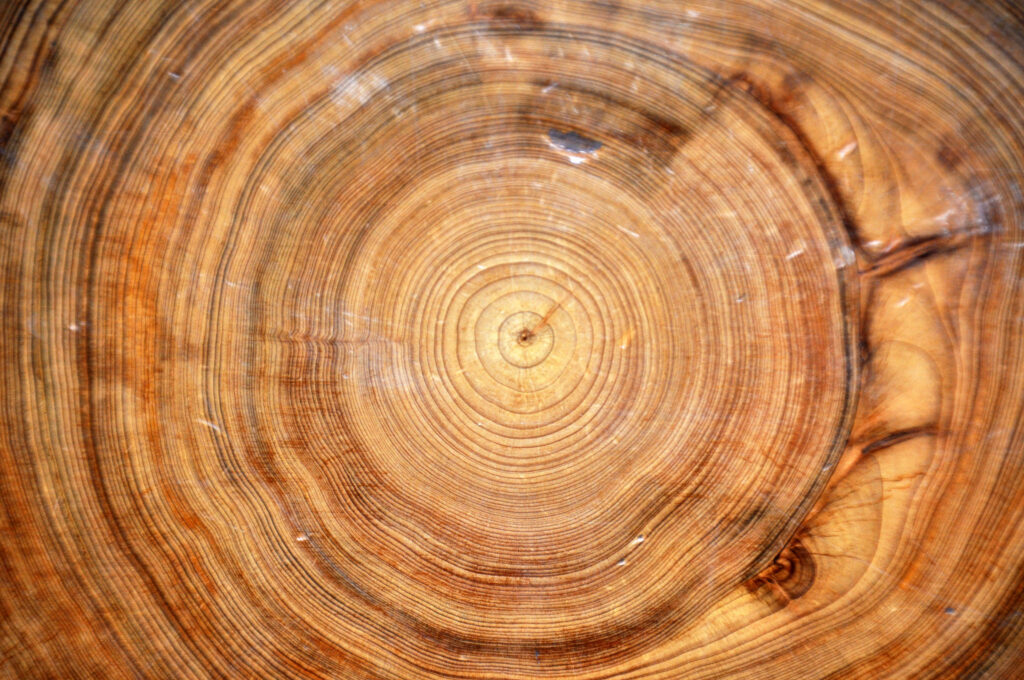
Ancient bald cypress forests, with some trees more than 1,700 years old, once dominated swamps in the Southeast. The largest remaining old-growth stands are at Corkscrew Swamp Sanctuary, near Naples, Florida, and in the Three Sisters tract along eastern North Carolina’s Black River. The Black River trees were cored by dendrochronologist David Stahle from the University of Arkansas. He found that some began growing as early as 364 AD.
In 2012 scuba divers discovered an underwater cypress forest several miles off the coast of Mobile, Alabama, in 60 feet of water. The forest contains trees that could not be dated with radiocarbon methods, indicating that they are more than 50,000 years old and thus most likely lived in the early glacial interval of the last ice age. The cypress forest is well preserved, and when samples are cut they still smell like fresh cypress.
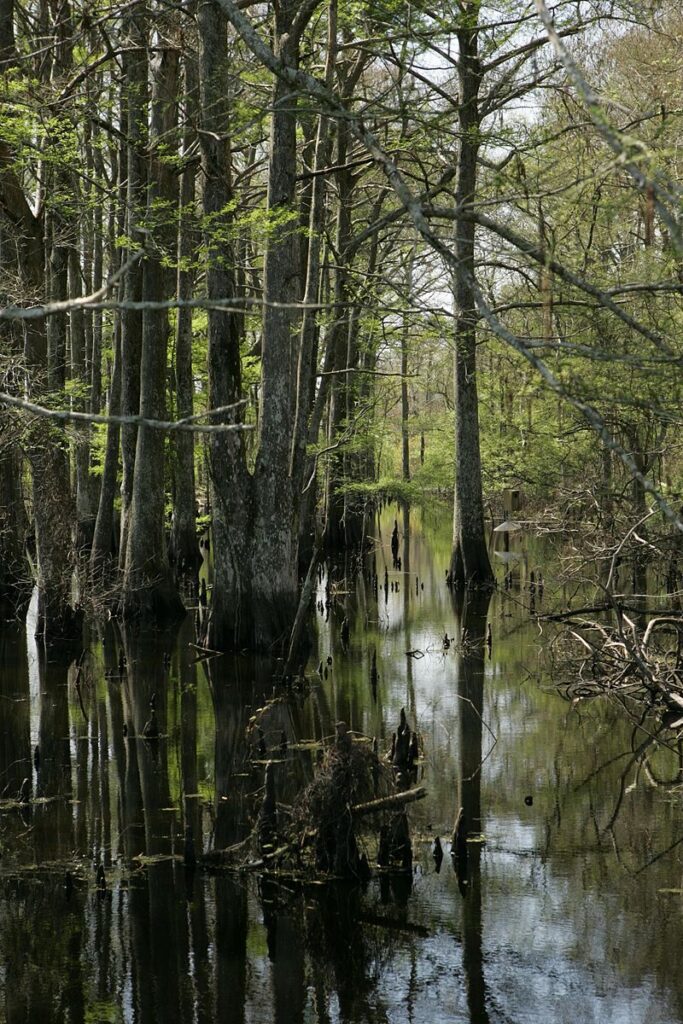
It typically grows to heights of 35–120 feet (10–40 m) and has a trunk diameter of 3–6 feet (0.9–1.8 m). The tallest known specimen, near Williamsburg, Virginia, is 44.11 m (145 ft) tall, and the stoutest known, in the Real County near Leaky, Texas, has a diameter at breast height of 475 in (39 ft).
This species is monoecious, with male and female flowers on a single plant forming on slender, tassel-like structures near the edge of branchlets. The tree flowers in April and the seeds ripen in October.
In good conditions, bald cypress grows fairly fast when young, then more slowly with age. Trees have been measured to reach 3 m in five years, 21 m in 41 years, and 36 m in height in 96 years; height growth has largely ceased by the time the trees are 200 years old.
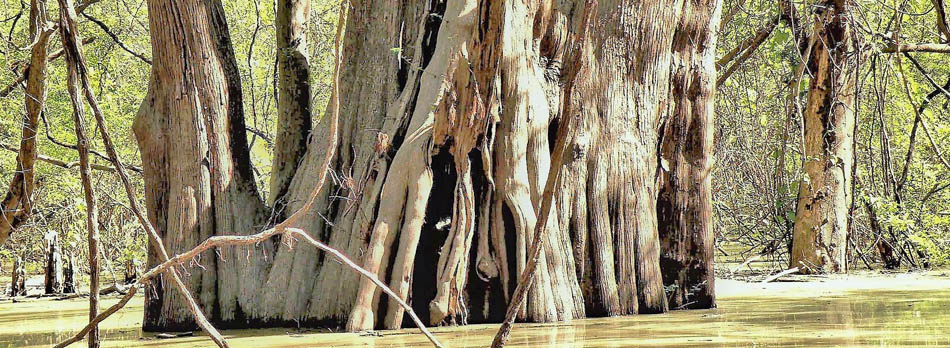
The National Champion Bald Cypress is recognized as the largest member of its species in the country and is listed as such on the National Register of Champion Trees by American Forest. The National Champion Bald Cypress is in the Cat Island Nation Wildlife Refuge, near St. Francisville, Louisiana, and it is 83 feet tall with an 85-foot spread, a diameter of 16.5 feet and a girth of 49 feet. It is estimated to be approximately 1,500 years old.
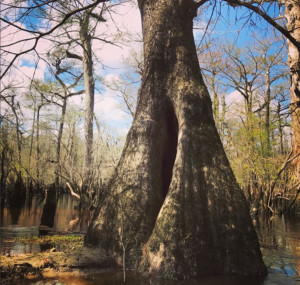
in North Carolina,
the oldest bald cypress swamp in the world
The oldest known living specimen, found along the Black River in North Carolina, is at least 2,624 years old, rendering it the oldest living tree in eastern North America.
Bald cypress cones don’t actually look like cones at all. Their cone structure is round and about one inch (2.5 centimeters) in diameter. When cones appear in autumn, they are tough and green, but they become woody as the season progresses. Each cone is made of a number of scales, and each scale is associated with two triangular seeds. Seeds are eaten by wild turkey, wood ducks, evening grosbeak, water birds, and squirrels.
The lumber is valuable for building construction, fence posts, planking in boats, river pilings, doors, blinds, flooring, shingles, garden boxes, caskets, interior trim and cabinetry. In virgin stands, yields from 112 to 196 m³/ha were common, and some stands may have exceeded 1,000 m³/ha. The odorless wood, which closely resembles that of other Cupressus species, has long been valued for its resistance to water.
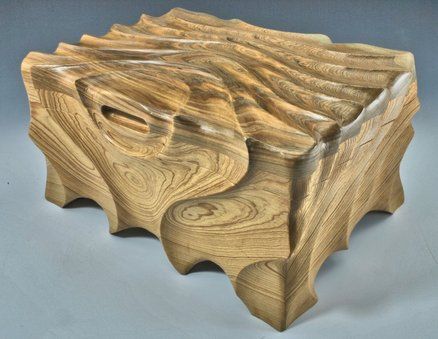
Still usable prehistoric wood is often found in swamps as far north as New Jersey, and occasionally as far north as Connecticut, although it is more common in the southeastern states. The density of the wood causes the logs to sink rather than float, allowing it to sit underwater for years to petrify, and leading to the common name ‘sinker cypress’. This partially mineralized wood is harvested from swamps in the southeastern states, and is greatly prized for special uses such as for carvings.
The bald cypress was used by Native Americans to create coffins, homes, drums and canoes.
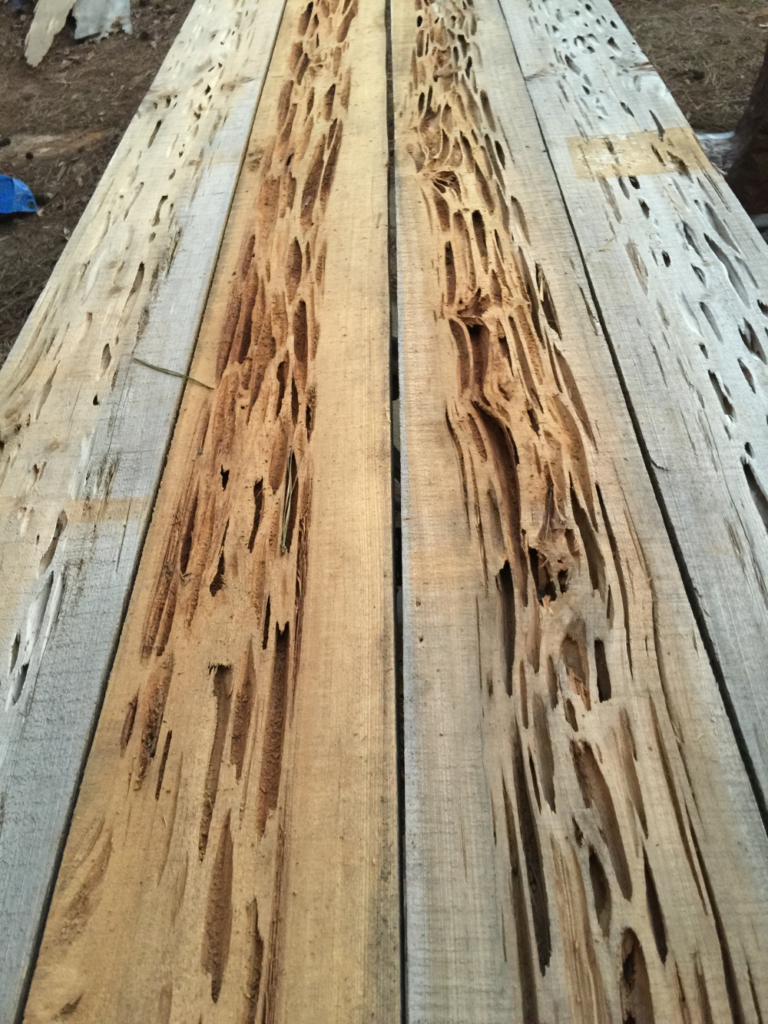
The fungus Lauriliella taxodii causes a specific form of the wood called “pecky cypress”, which is used for decorative wall paneling.
Bald cypress logging and trade is historically an integral part of Louisiana economy, particularly between 1700 – 1960. French “swampers” traditionally would log by hand, securing enormous trees to rafts and transporting them on land by horse or oxen.
Interest in bald cypress as a landscape tree is considerable. Many landscape horticulturists use this tree in their plantings, and it is one of the top five tree species planted in Louisiana.
A botanical variety of bald cypress called pond cypress (Taxodium distichum var. nutans) has finer-textured foliage than bald cypress and is more upright. Foliage color can be attractive with new growth in spring, and most trees have rusty brown fall foliage that lingers into early to mid-December in south Louisiana.

Montezuma cypress is another variety to consider planting, but these are not as readily available at Louisiana garden centers. These bald cypress relatives have no knees.
Bald cypress provide a number of great benefits to the landscape. So consider adding Louisiana’s state tree to your landscape. September through November is a great time to plant one.
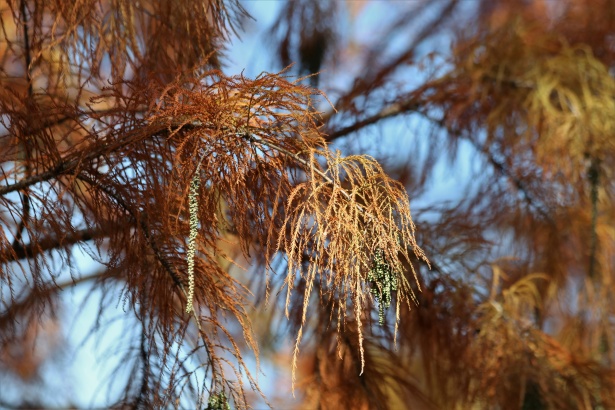
Sources:
- https://en.wikipedia.org/wiki/Taxodium_distichum
- https://www.lsuagcenter.com/portals/communications/news/news_archive/2012/august/headline_news/consider-bald-cypress-for-your-landscape
- https://www.albanywoodworks.com/2014/02/25/brief-history-of-harvesting-southern-cypress-1700-1960-part-1/
- https://www.nwf.org/Educational-Resources/Wildlife-Guide/Plants-and-Fungi/Bald-Cypress

